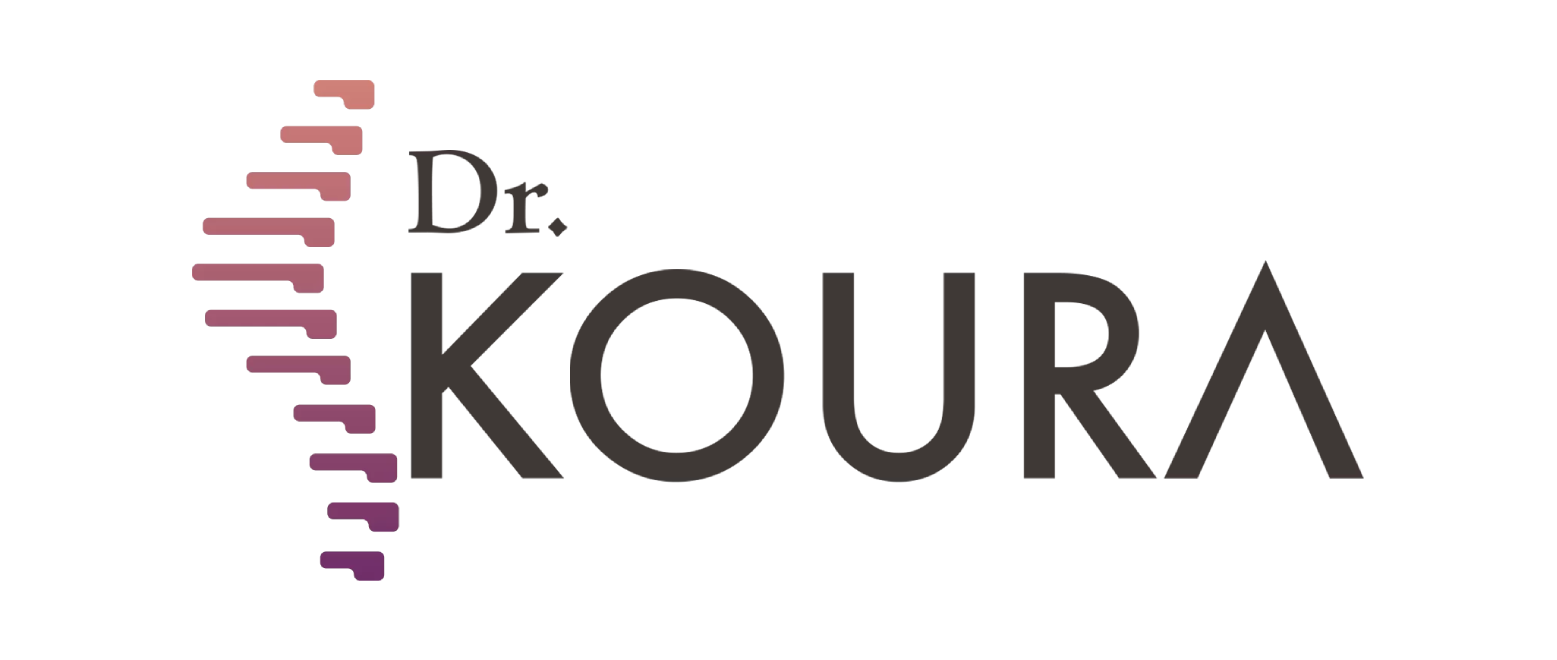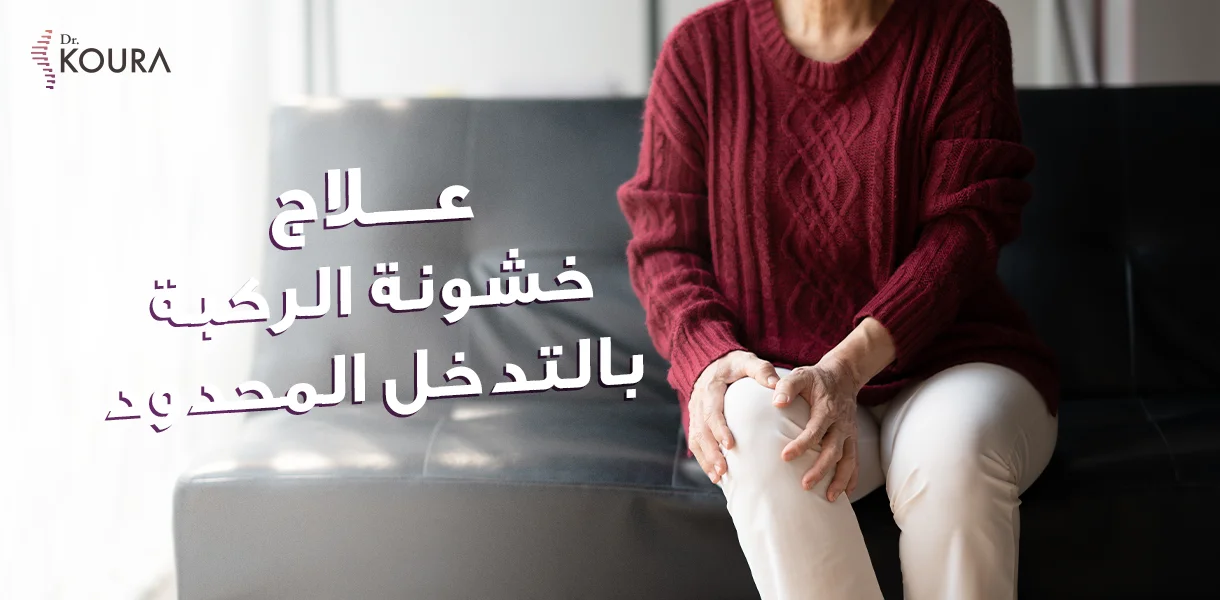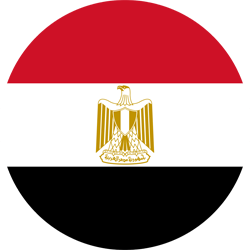Management of knee osteoarthritis with minimally invasive intervention
Introduction
In this article, we will together explore the management of knee osteoarthritis with minimally invasive intervention. In order to be able to demonstrate information in a simple and brief way we will outline some important points, including:
- Definition of knee osteoarthritis, its causes, and predisposed persons.
- What is minimally invasive or non-surgical intervention and its advantages?
- Management of knee osteoarthritis with radiofrequency ablation.
- Management of knee osteoarthritis with plasma.
- Management of knee osteoarthritis with stem cells.
- Management of knee osteoarthritis with oil injections (hyaluronic).
- Hymovis + growth factors injection.
What is knee osteoarthritis and its commonest causes?
First we need to understand how the knee works and its simple description and internal structure.
- The knee: is one of the mobile joints of the human body and also the largest, which allows the leg to move forward and backward, and it consists of the femur and tibia along with the patella.
- The cartilage: Its main function in the knee is to ensure safety and smooth movement; as it is a thin layer of tissue covering the inner surfaces of knee joint bones, and it also secretes synovial fluid.
- Muscles and ligaments: help stabilize the knee during standing and movement.
- Menisci of the knee: they work mainly as shock absorbers.
After we have identified structure of the knee in detail, now we can simply describe also:
Knee osteoarthritis:
It results from breakdown and loss of cartilage covering the surfaces of joint bones, causing weakness in its connection and the appearance of fissures and breaks in cartilage surfaces which is progressive, and bones become exposed which causes pain of knee osteoarthritis.
The commonest causes of knee osteoarthritis:
- Increased weight is a common predisposing factor in both sexes, but it is a strong cause in women and a significant factor causing knee osteoarthritis especially after menopause.
- Old age.
- Violent exercises.
- Trauma causing injury of menisci or muscles or surrounding ligaments of the knee.
- Immunodeficiency.
- Rheumatic diseases.
What is minimally invasive or non-surgical intervention and its advantages?
Minimally invasive intervention:
Minimally invasive or non-surgical interventions have emerged mainly to relieve suffering of patients regarding pain management; as it is unreasonable to provide management to relieve pain and make the patient suffer from pain post-surgery.
Techniques of minimally invasive intervention vary, and we will demonstrate some of them in this article.
Advantages of minimally invasive intervention:
- Very safe without any adverse effects or complications.
- The patient can leave hospital on the same day and go back to practice his routine life; as it has a rapid effect.
- Management of knee osteoarthritis with radiofrequency ablation:
This technique depends on giving local anesthesia then introducing radiofrequency ablation needle, which is completely isolated except its tip directed to the knee, and the radiofrequency ablation device is introduced by a cable through the needle. Radiofrequency waves are directed to the targeted site for treatment, and pulses are transmitted to relieve pain sensation and terminate it. It is characterized with full safety and precision in pain management, then the patient leaves immediately to home without any complications.
For further information about management of knee osteoarthritis with radiofrequency ablation, you can read this article:
Management of knee osteoarthritis with radiofrequency ablation
- Management of knee osteoarthritis with plasma:
In this method a blood sample is withdrawn from the patient and plasmapheresis is done, then it is injected into the affected site, and it works on management of ruptures and tears; as plasma is rich in substances working on this purpose.
The most important characteristic of this method in our clinics (Koura clinics), is that we have a medical laboratory at highest levels of competence, accuracy and safety, where plasmapheresis is done and injected into affected sites, while still fresh.
For further information about management of knee osteoarthritis with plasma, read the following article:
Management of knee osteoarthritis with plasma
- Management of knee osteoarthritis with stem cells:
Although its aim is similar to plasma injection, but it is different because its source is abdominal fat not blood, and it is characterized with being modifiable; that's why it is able to reconstruct cartilage after separating it in the laboratory.
For further information about management of knee osteoarthritis with stem cells, you can read this article:
Management of knee osteoarthritis with stem cells
- Management of knee osteoarthritis with hyaluronic acid:
It is an oily substance identical to that is inside the knee. It is injected inside the knee to help reduce friction which causes pain, and its aim is acting the same as the oily substance present inside the healthy knee.
There are many types from different sources and each has its specific duration of action, and this is the cause for various injection costs.
But as science progresses, and because dr. Mohammed Koura always seeks the best for his patients, the type of injection was updated, and now we are injecting Hymovis which was announced in the international conference for knee osteoarthritis in Denmark 2022, which is the most recent scientific advances; as it is based on a new characteristic which reconstructs its particles unlike the old types which break down and become absorbed by the body and so it lasts for a long time.
Also it has been accredited from U.S Food and Drug Administration as a safe and effective therapy in cases of meniscus tear.
Dr. Mohamed Koura is distinguished for performing all these procedures combined or solo in cases of knee osteoarthritis and meniscus tear according to degree of affection in every case and choosing the appropriate technique, and also it is performed inside operation room under guidance of interventional radiology device and local anesthesia; therefore success rates of non-surgical intervention methods in our center is the highest in the Middle East.
why Dr. Mohamed Koura center , Dr Koura is raked as one of top five pain management leaders in the Middle East , we are a full equipped center with all the new updates in treatment of all spine and joints pain without surgery , with best quality and best experience .





 Egypt
Egypt